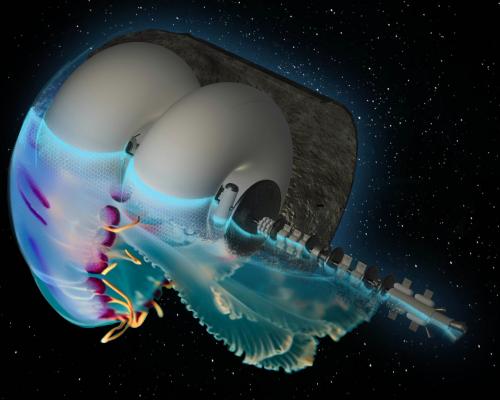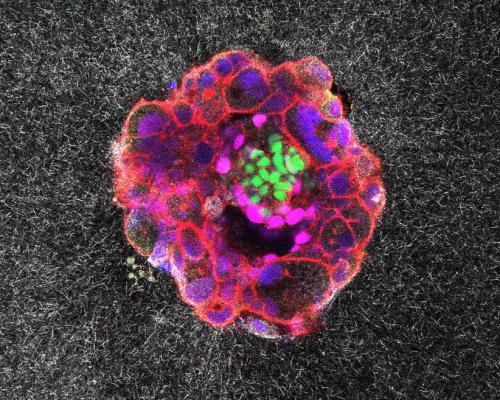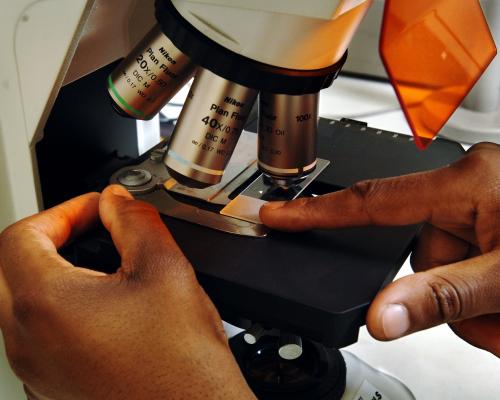
Spaceships modelled on jellyfish, 3D-printed homes, polyamorous relationships and vegetarian diets are among the ways in which experts have envisaged making interstellar travel feasible.
The ideas from scientists, engineers, architects and social theorists came in response to a global competition to develop plans for “generation ships”, self-sustaining crafts capable of supporting up to 1,500 people on a 250-year journey to a habitable planet.
Entrants to the Project Hyperion design competition, launched last year, could only incorporate current technologies or those expected to emerge in the near future, such as nuclear fusion, into their proposals.
An expert panel, including Nasa scientists, judged the viability of almost 100 submissions, assessing how their habitats, architecture and social structures would allow the crew to not only survive but flourish as a society across multiple generations of space flight.
The winner was Chrysalis, a 58km cigar-shaped craft, designed around a series of concentric cylinders, each dedicated to a different function: 3D-printed living quarters; communal spaces, including parks, libraries and galleries; and farms and biomes of different Earth environments, such as tropical forests.
As animals would be brought onboard only to maintain biodiversity, a vegetarian diet would be necessary.
The design won praise for its detailed plans, particularly how the psychological resilience of the crew would be vetted by living in isolated Antarctic bases.
The proposal also explained how family structures would change, with individuals’ sense of belonging based more on being part of the starship community. Inhabitants would be allowed to have children but not necessarily with the same partners.
The second place design was Hyperion, a spacecraft which resembles the space station from 2001: A Space Odyssey. The twin rings of this design are engineered to generate an Earth-like magnetic field, which would be essential for a successful pregnancy in deep space, without which the mission would be doomed.
The proposal also includes designs for loose-fitting clothes with large sealable pockets to prevent items from falling out in low gravity. The mission would include three pairs of turtles, chosen for their longevity, relatively inactive, and resistance to disease.
The third place design, Systema Stellare Proximum, is modelled after the shape of a jellyfish and uses a hollowed-out asteroid as a shield against impacts. It envisages a society guided by a non-human collective intelligence and human council, as well as the potential emergence of new religions, such as neopaganism that deifies “nature and man, in all his forms”.
Other notable entires included Endless Beyond the Stars, which includes floating light created from biogas, generated from the bodies of the dead.
Dr Andreas Hein, the executive director of the Initiative for Interstellar Studies, which ran the competition, said it was “part of a larger exercise to explore if humanity can travel to the stars” and how “a civilisation might live, learn and evolve in a highly resource-constrained environment”.
He added: “We asked participants to integrate architecture, technology and social systems to conceptualise a functional society spanning centuries – and the outcome was beyond expectations.”







